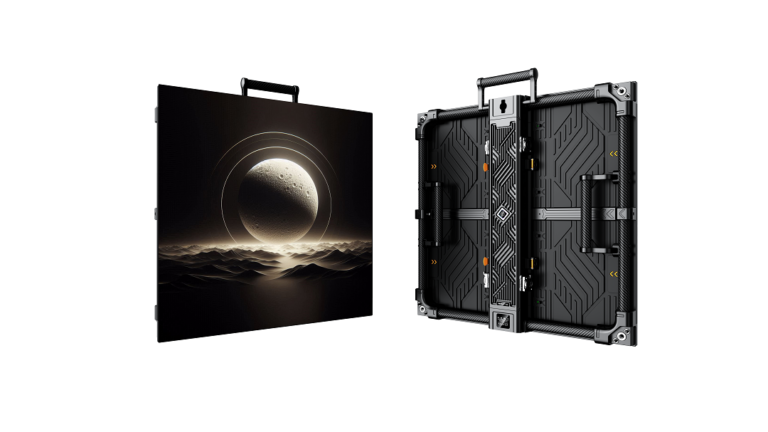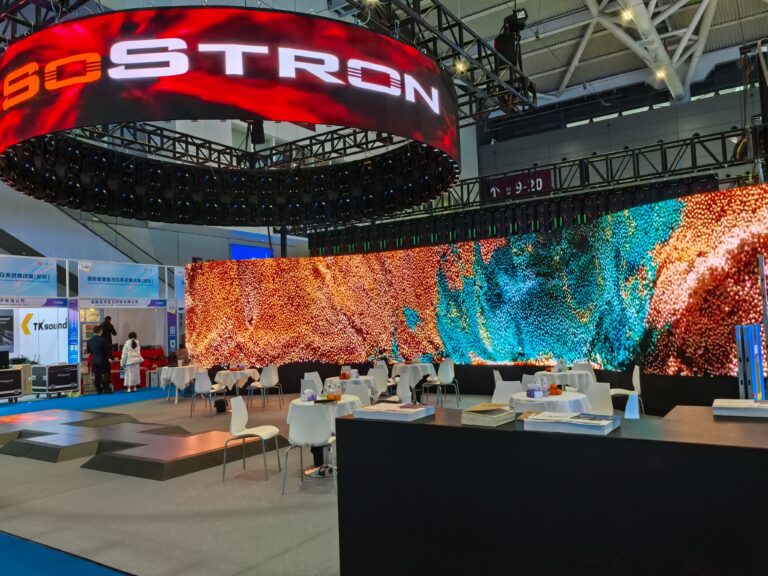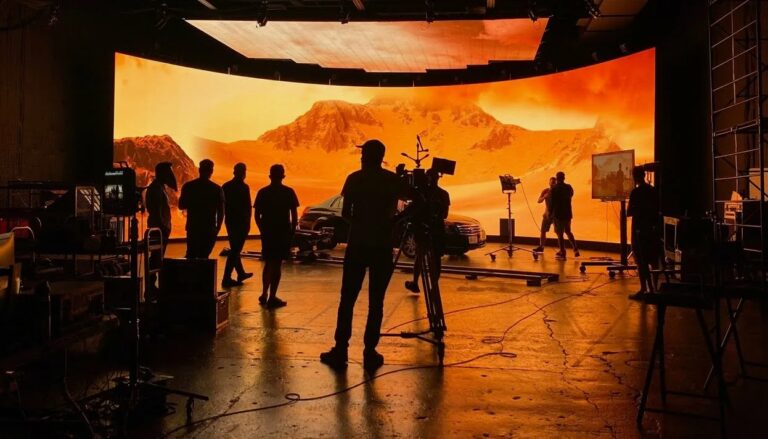With the use of LED display screen in stadiums and gymnasiums becoming more and more popular. Safety, reliability and audience requirements for display are always challenging. LED screen display system has replaced the traditional lighting and CRT display, and become one of the necessary facilities of modern stadiums. There are 10 guides for you to buy indoor LED display for free. The LED display screen of stadium is specially designed according to the special application requirements of sports venues. In recent years, stadiums have been newly built or improved around the country, and corresponding LED display screens have been equipped, and more than 95% of the audience should be able to see the content played on the screen.
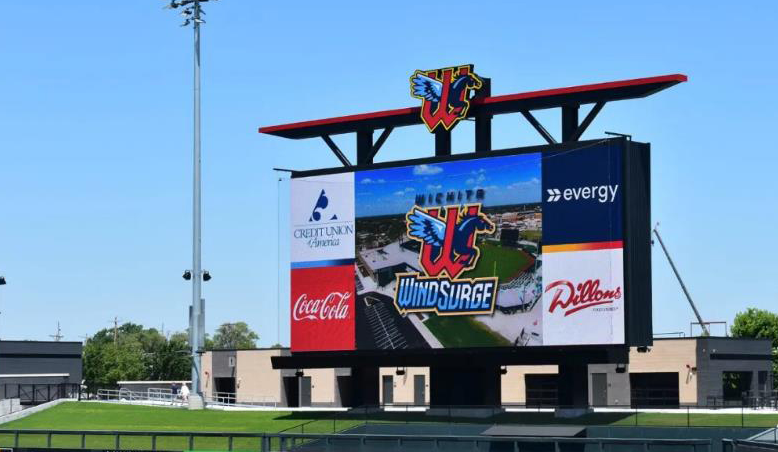
Four functions of LED screen in stadium.
1. With high refresh, low brightness and high gray, the screen with high refresh rate can ensure the smoothness and continuity of the live picture of large-scale sports events, and the human eye’s perception is more comfortable and natural, which can meet the requirements of live shooting in different occasions, and there is no ripple in taking photos.
2. The protective performance of the screen is high. For the gymnasium, the heat dissipation of the large LED screen is very important. Especially for outdoor screens in changeable climates, high flame retardant grade and protection grade are necessary.
3. The overall brightness contrast and energy efficiency are high. For the LED screens of stadiums and gymnasiums, the brightness, contrast and energy saving effect need to be considered comprehensively. LED display products designed with high energy efficiency are guaranteed in terms of safety, stability and service life.
4. The wide viewing angle can ensure that the audiences in different directions of the stadium have a good viewing experience.

9 requirements for stadium LED display.
1. High performance of safety and stability of LED display court
In public places, safety is the most important. There are many spectators for sports competitions and large-scale activities. Any fault or error will cause great impact, so stable project quality is the objective requirement of users. For example, avoid the use of optical fiber transmission signal attenuation, and do not let live or delayed broadcast picture. You can also use some protective mats and other measures to prevent accidents. Dual power supply, which can be used. When the power supply fails, the other path can be accessed automatically, which will not affect the normal large screen display.
2. The stadium display needs to support diversified input interfaces
The stadium display is not only live broadcast by the camera, but also broadcast TV and satellite TV programs, play VCD, DVD, LD and various self-made video signal programs, support PAL, NTSC and other formats, and the content can also be displayed on the computer in various graphics and video information, and can also be connected to the referee system, timing and scoring system, LED screen real-time game time and score.
3. Protective performance
For indoor and outdoor stadiums, heat dissipation needs to be considered, especially in summer and outdoor high temperature weather, LED outdoor display screen should have high flame retardant grade, meet the protection standard of IP65, wire V0 flame retardant and other conditions, and be equipped with heat dissipation fan. For fixed installation of LED outdoor display screen, large heat dissipation equipment such as high altitude or large fan shall be installed. For coastal areas, it is necessary to consider moisture resistance, for plateau areas, it is necessary to consider cold resistance, and for desert areas, it is necessary to consider heat dissipation. Therefore, the screen shall have a higher protection level.
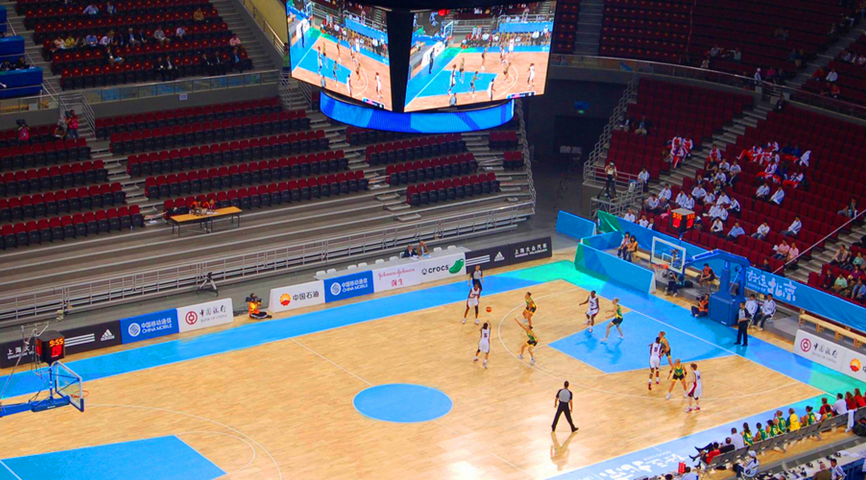
4. High refresh rate
Because high-definition cameras are used for shooting or live broadcast at the scene of the game, the screen is required to have a higher refresh rate. If a conventional LED electronic large screen is used, the captured image will have water ripples, which will seriously affect the overall beauty of the picture. Therefore, LED display screen manufacturers will use high-brush drive IC for the screen in the stadium, so that the screen refresh rate can reach more than 3840Hz.
5. Overall brightness contrast and energy efficiency
Due to the high brightness of outdoor environment, the brightness of LED outdoor display screen is required to be higher than that of LED indoor display screen, but the higher the brightness is, the better. However, the brightness, contrast and energy saving should be at a stable point. If the brightness is too high, the color of the screen will be too bright to restore the color. Select a full-color LED electronic large screen with high energy efficiency design to ensure its stability and service life_x000D_
6. LED fence screen
The LED fence screen is connected by many individual boxes, and the weight of each box is controlled. The box is connected by a snap connection, which is convenient for installation, disassembly and maintenance. There is a separate support foot at the back of each box. The angle between the screen and the ground can be adjusted through the support foot. The angle range is 65-95 °, which ensures the viewing angle of the audience. Soft mask is used in the screen, which can effectively protect the screen and internal structure from being hit by the ball. The top of the LED fence screen is equipped with a cushion, which can not only protect the players, but also ensure that the screen can play normally.
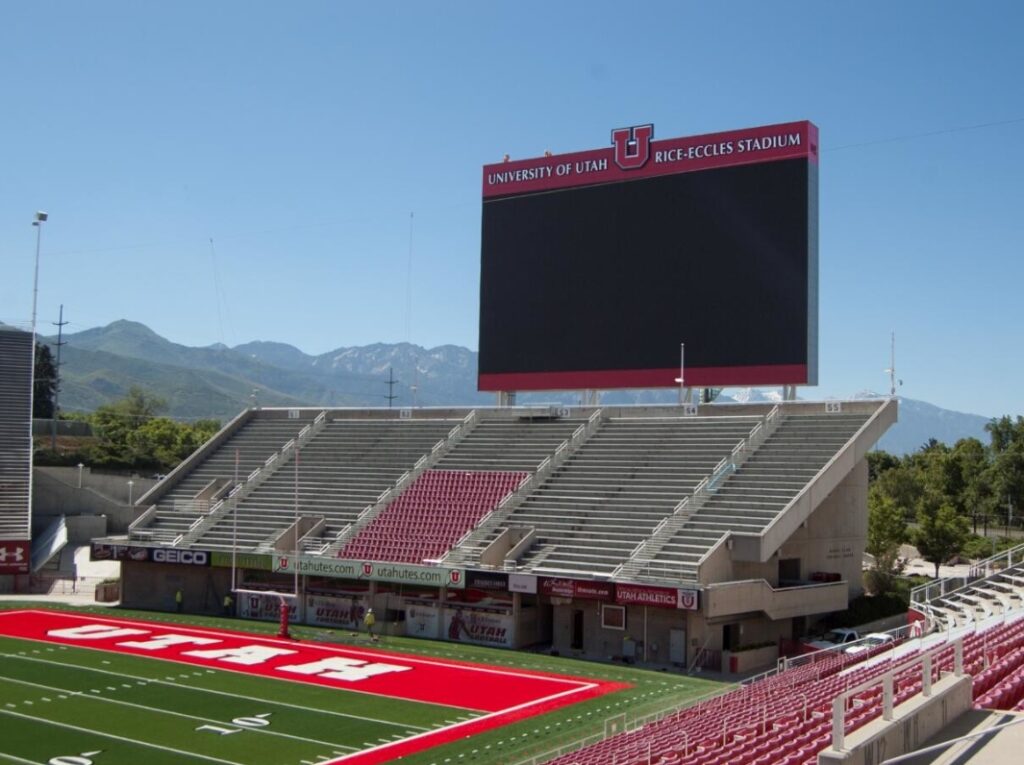
7. Viewing distance
For large outdoor stadiums, it is necessary to take into account the audience watching in the medium and long distance, so the full-color LED display screen with relatively large point spacing is generally selected, and the point spacing is 6 mm, 8 mm and 10 mm. If the viewing density is higher and the viewing distance is closer, you can select screens with point spacing of 3mm, 4mm and 5mm.
8. Viewing angle
Due to the different viewing angles of the audience, it is necessary to ensure that the vertical and horizontal viewing angles of the screen are between 120-140 ° to ensure that the audience can have a better viewing effect. If it is a 360-degree live program, you can choose to install LED cylindrical screen or LED bucket screen.
9. Safe location and quantity
The LED display installed in the stadium should ensure that 95% of the audience with fixed seats can see the content to be played on the screen. At the same time, the display screen is required to enable athletes, coaches and referees at the scene of the game to see the content played on the screen.

